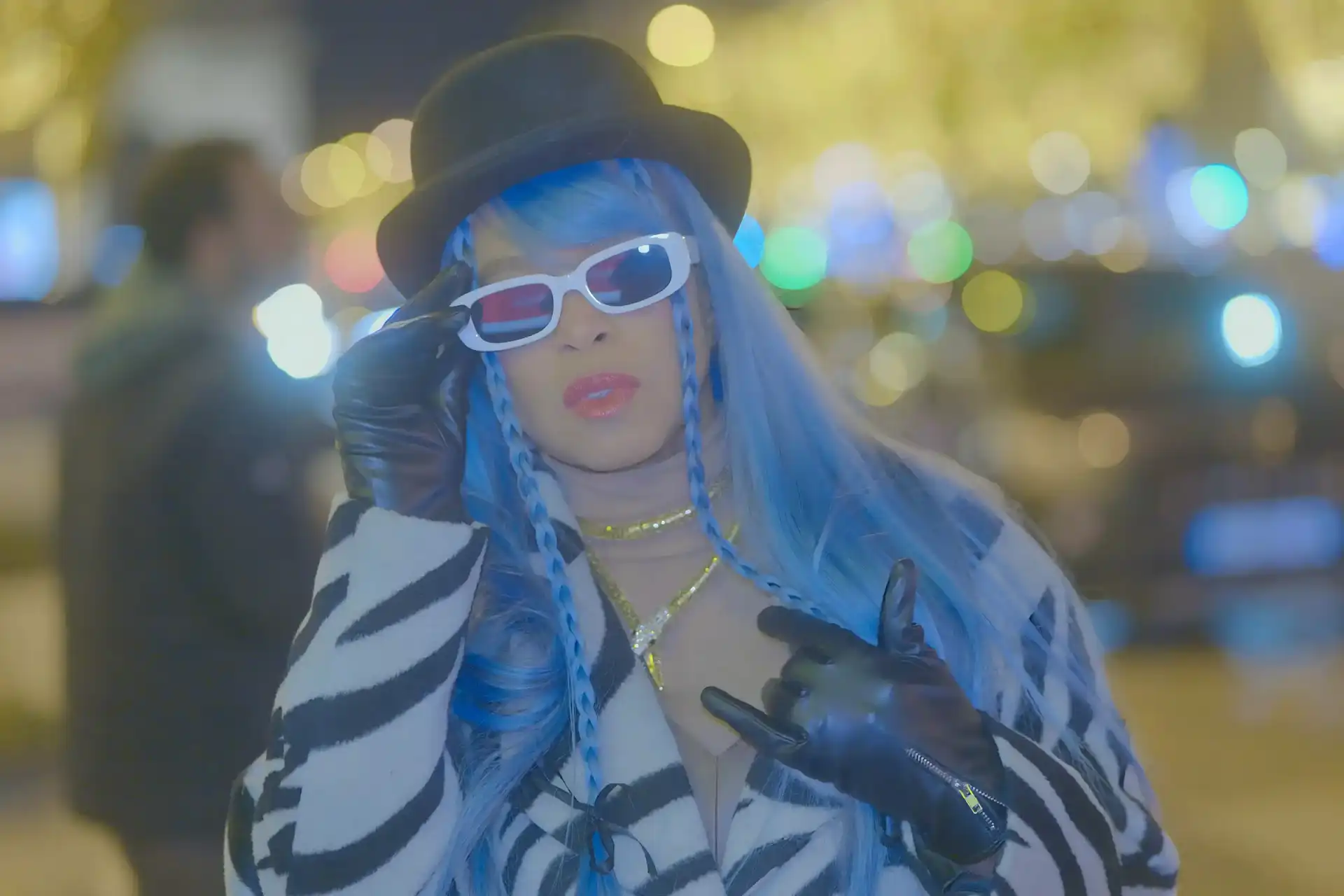Pop Music: The Universal Language of Our Times
Pop Music: The Universal Language of Our Times
Blog Article
Pop music shapes our every day lives with its catchy tunes and relatable verses, mixing numerous impacts to produce a widely enticing yet complex style. From current chart-toppers to timeless classics, pop music evolves however stays rooted in its power to unite people. Its availability and global motifs secure its place in today's culture, providing something for everybody to delight in.
What Is Pop Music?
Pop music is frequently viewed as the background to industrialism, defined not by particular categories or orchestration, yet by its mass appeal and business success. Its simpleness-- musically, thematically, and structurally-- permits it to attach deeply with a vast audience, identifying it from classical music's ins and outs and jazz's spontaneity. Pop music's ease of access sets it apart from rock's edgier tones and folk's particular niche charm, making it a unifying pressure with contagious grooves and stirring ballads. It reverberates on both personal and global levels.
What Constitutes a Pop?
Pop music describes pop music that reverberate with mainstream audiences, including various designs that engage social, social, and political passions. The term "pop tune" come from 1926, showing that pop music develops with audience preferences, not confined to a solitary decade or style. Pop music is about mass allure and versatility, intersecting with hip-hop, dancing, and c and w. It's crafted for large appeal, focusing on commercialism over artistic integrity.

Origins of Pop Music
The term "pop music" come from the 1950s in the United States and United Kingdom, coinciding with the surge of rock-and-roll. In its very early days, pop music loved performers such as Elvis Presley, who crafted an audio that resonated with young target markets. This style of songs reflected social website changes, uniting people from numerous backgrounds after World War II and setting the stage for upcoming popular music patterns.
Development of Pop Music
Early Beginnings
Pop music formed in the mid-20th century, influenced by jazz and contemporary pop. The 1920s jazz change presented impressive rhythms, bring about musical experimentation and the introduction of various genres. By the 1950s, pop music prospered, mixing jazz, blues, and various other influences, noted by musicians like Elvis Presley and Chuck Berry. This period saw pop music show social adjustments, joining Americans and establishing the stage for future mainstream expressions.
A Century of Progress and Growth
Pop music evolves rapidly, mirroring social changes and embracing brand-new technology.
1950s: Jazz and blues influences; remarkable artists: Elvis Presley, Chuck Berry.
1960s: British Invasion, folk-inspired; remarkable musicians: The Beatles, The Supremes.
1970s: Disco, funk, easy rock; noteworthy musicians: ABBA, Bee Gees.
1980s: Synth-heavy sound, MTV impact; noteworthy artists: Michael Jackson, Madonna.
1990s: Boy bands, pop-rock, rap influence; notable musicians: NSYNC, Mariah Carey.
2000s: Digital songs, autotune rise; notable artists: Britney Spears, Beyoncé.
Influence of Technology
Modern technology has significantly affected pop music, transforming production, distribution, and advertising and marketing. Synthesizers in the 1980s introduced new audios, and MTV transformed music usage. The 2000s saw electronic downloads and systems like iTunes reshape the market. Streaming services like Spotify and social media sites equalized the market, making it easier for independent musicians to appear.
Secret Characteristics
Pop music is specified by its mass reach and connection with mainstream target markets. It includes memorable tunes, relatable verses, and danceable beats. Hooks are essential, making sure tunes embed audiences' minds. Verses are basic, concentrating on universal experiences like love and heartbreak. Rhythm is vital, with pop music often including a 4/4 time and driving rhythm, perfect for playlists. Pop music's malleability enables it to mix styles, creating a sound that interest a large audience.
Influence of Culture
Impact on Fashion and Trends
The worlds of pop music and fashion are very closely attached, as artists often work as trailblazers for style. Through their video and public getaways, they have the power to influence style trends. Notable instances such as Madonna's "Like a Virgin" phase and Billie Eilish's one-of-a-kind streetwear have actually significantly influenced the fashion scene. Pop music plays a crucial duty in shaping the aesthetic appeals of young people culture, where patterns evolve quickly.
Role in Social Movements
Through its verses and message, pop music takes on pressing social issues and influences reform. Legendary launches such as Beyoncé's "Lemonade" and Michael Jackson's "We Are the World" demonstrate the genre's capacity to mobilize and elevate awareness. With its wide charm and influence, pop music functions as a powerful catalyst for unified efforts and social progression.
Worldwide Reach and Popularity
Pop music's allure goes beyond language barriers, with artists like BTS proving its worldwide reach. International collaborations, such as "Despacito" by Luis Fonsi and Daddy Yankee featuring Justin Bieber, display its capacity to unite individuals worldwide.
Link to Youth Culture
Pop music is deeply personal for youths, mirroring their feelings and trips. It works as a soundtrack to life's crucial minutes, shaping society and driving social adjustment via occasions like Coachella and Lollapalooza.
The Importance of Pop Music
The global impact of pop music is profound, establishing the tone for design, creative thinking, and technology, while transcending cultural borders and promoting a feeling experience. By doing so, it plays a unifying people with each other with its universal As a significant force in the entertainment industry, pop music fuels a profitable in revenue from live occasions, top quality items, and online interaction. Moreover, it acts as a cultural measure, catching the essence of the times and influencing the training course of social evolution.
Last Summary
Pop music's remaining power depends on its capability to reverberate, move individuals, and remain present. With its transmittable rhythms, relatable lyrics, and extensive sounds, it touches all aspects of life. Whether discovering new tracks or reviewing old favorites, pop music continues to involve and mesmerize audiences worldwide.
Report this page